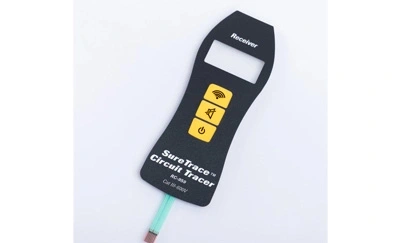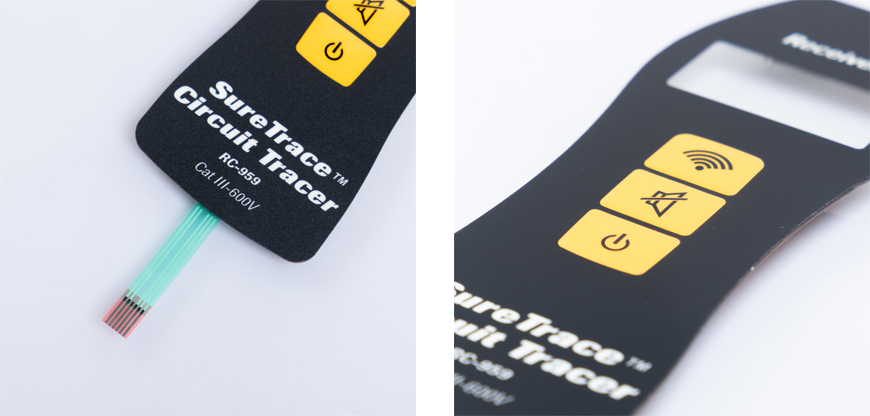
In today's fast-paced world, a microwave oven is an essential appliance in most households. It helps us quickly heat up leftovers, pop popcorn, and defrost frozen foods. However, when the membrane switch on your GE microwave starts malfunctioning, it can be quite frustrating. The membrane switch, also known as the touchpad, is responsible for controlling various functions of the microwave, such as setting the time, temperature, and cooking duration. In this article, we will guide you on how to fix a GE microwave membrane switch, saving you time and money on unnecessary repairs or replacements.

Before diving into the troubleshooting and repair process, it's essential to have a basic understanding of how the membrane switch works. The membrane switch consists of a thin, flexible layer with touch-sensitive buttons. When you press a button, it creates a connection between two conductive layers, allowing the microwave to interpret your command. Over time, these buttons can become unresponsive or malfunction due to wear and tear.
Before you begin fixing the membrane switch on your GE microwave, gather the following tools and materials:
Tools:
1. Screwdriver (Phillips and flathead)
2. Multimeter
3. Soft cloth
4. Isopropyl alcohol
5. Small paintbrush
Power Off: Ensure that your GE microwave is unplugged from the power source before attempting any repairs. Safety should always be a top priority.
Remove the Control Panel: Use a Phillips screwdriver to remove the screws securing the control panel. Carefully detach the control panel and set it aside.
Inspect for Dirt and Debris: Examine the membrane switch for any dirt, debris, or spills. Use a soft cloth and isopropyl alcohol to clean the surface gently. Ensure the buttons are clean and free from obstructions.
Test with Multimeter: Set your multimeter to the continuity or resistance setting. With the microwave unplugged, touch the multimeter probes to the membrane switch's connection points. Press each button and check if the multimeter registers a connection. If there's no response, the switch may need replacement.
Order a Replacement: If the multimeter indicates a faulty membrane switch, order a replacement switch compatible with your GE microwave model. Make sure to turn off the power to the microwave completely.
Detach the Old Switch: Carefully disconnect the wires connected to the old membrane switch. Remove any screws holding the switch in place and take it out.
Install the New Switch: Attach the wires to the new membrane switch following the manufacturer's instructions. Secure it in place with screws.
Reassemble: Reattach the control panel to the microwave using the screws you removed earlier.
Test the Microwave: Plug in the microwave and test the buttons to ensure they are responsive and functioning correctly.
Fixing a malfunctioning membrane switch on your GE microwave is a manageable task that can save you from the expense of buying a new appliance. By following these steps and exercising caution, you can enjoy the convenience of your microwave once again.
How do I know if my GE microwave's membrane switch is faulty?
You can test it with a multimeter. If pressing the buttons doesn't register a connection on the multimeter, it may be malfunctioning.
Where can I purchase a replacement membrane switch for my GE microwave?
You can order a replacement switch online or contact GE's customer support for assistance.
Is it safe to clean the membrane switch with isopropyl alcohol?
Yes, isopropyl alcohol is safe for cleaning the membrane switch. Ensure the microwave is unplugged before cleaning.
Can I fix the membrane switch if some buttons are unresponsive?
Yes, you can try cleaning the buttons and checking for loose connections. If that doesn't work, consider replacing the switch.
Do I need any special skills to replace the membrane switch?
Basic DIY skills are sufficient for replacing the membrane switch, but always prioritize safety and follow instructions carefully.